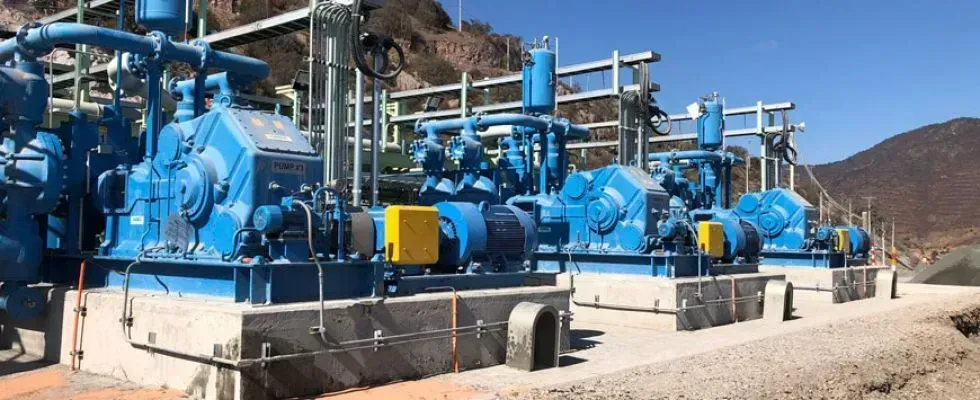
Midway through the year, the outlook for a soft landing has strengthened, driven by easing inflation and a robust labor market, according to the Q3 update of the 2024 Equipment Leasing & Finance U.S. Economic Outlook. Real equipment and software investment growth is projected to be 3.7% in 2024, with activity expected to pick up later in the year after the Fed lowers interest rates. The report, which was prepared by Keybridge and released today by the Equipment Leasing & Finance Foundation, also forecasts real GDP growth of 2.3% this year, unchanged from the Foundation’s Q2 update to the 2024 Economic Outlook published in April.
The Foundation's report is focused on the $1.16 trillion equipment leasing and finance industry and highlights key trends in equipment investment, placing them in the context of the broader U.S. economic climate.
Leigh Lytle, President of the Foundation, and President & CEO of the Equipment Leasing and Finance Association, said, “The economy is poised to stick the soft landing according to the Foundation’s Q3 economic outlook. Inflationary pressures are easing, which should allow the Fed to lower rates at least once in 2024. An easing Fed means lower borrowing costs, a welcomed development for households who are feeling financially strained and businesses looking to invest. That latter point is important as our latest Momentum Monitor suggests that investment in the equipment finance industry may be uneven over the second half of the year. Overall, we expect equipment and software investment to continue to expand at a moderate pace in 2024.”
Highlights from the Q3 update to the 2024 Outlook include:
- Equipment investment expanded in Q1 after contracting for three quarters in 2023. Transportation equipment investment remains in negative territory, while information processing equipment and software investment lead growth, driven in part by AI-related investment. Industrial equipment also expanded at a healthy rate.
- At the year’s midway point, the U.S. economy is a mixed bag. On the positive side, the labor market remains healthy, wage growth is solid and the Fed continues to make progress against inflation. At the same time, consumer demand is slowing for several reasons, including weaker disposable income growth, “inflation fatigue,” and rising financial stress. Business activity also appears to be slowing, both in the manufacturing sector as well as service sector industries as consumers tighten their belts. Overall, a recession in 2024 remains unlikely, but breakout growth is also unlikely. A soft landing looks like the best bet.
- The manufacturing sector is expected to remain soft over the next few months. After cresting briefly into expansionary territory in March, ISM’s Manufacturing PMI, a key indicator of sector performance, has declined for three consecutive months. Industrial production held steady, but many manufacturers appear hesitant to invest in capital expenditures and inventories given the current business environment.
- Optimism on Main Street has improved marginally as inflation has eased. Small business owners are still feeling the pinch of high interest rates and inflation, however, as rents rise 12% year over year and consumer demand slows. In line with overall economic growth, Main Street economic activity is expected to expand modestly over the remainder of the year.
- Inflation cooled in Q2, a welcome development after multiple too-hot-for-comfort readings earlier in the year. While it’s too soon to declare victory, inflation should remain subdued over the next few months given softening demand and the increased prevalence of price discounts. As a result, we expect the Fed to cut rates twice in 2024.

